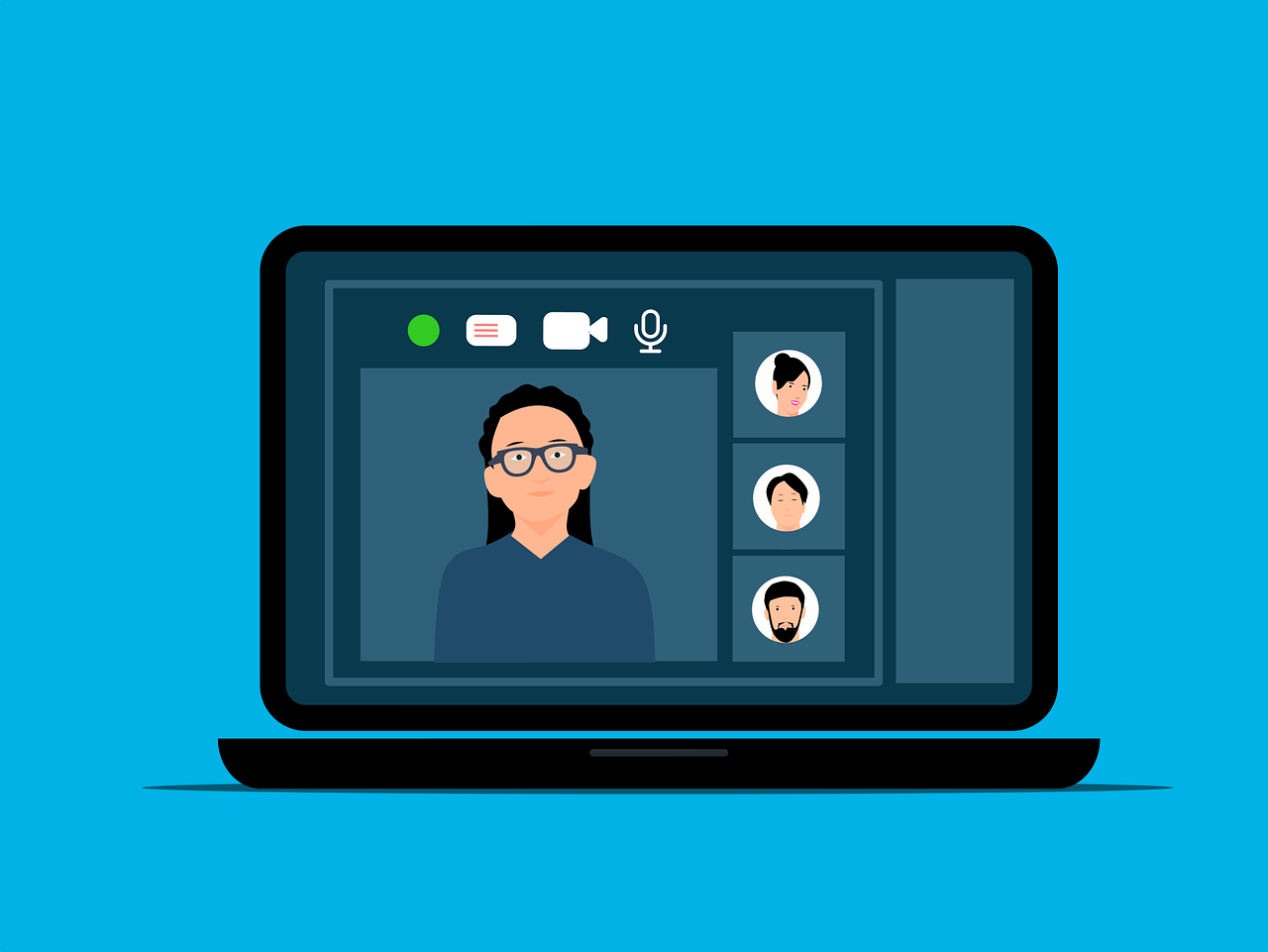
On the surface, generative AI technology -- with its potential to supercharge individualized learning -- lends itself well to the flipped learning model of teaching, say both Jon Bergmann and Aaron Sams, co-authors of Flip Your Classroom, which helped launch the flipped learning movement. However, they also have concerns.
Bergmann says he has yet to see tools that really enable the technology’s individualized tutor potential. Meanwhile, Sams worries about potential bias in the technology and the lack of transparency around the algorithms governing some of the most popular generative AI tools.
AI and Flipped Learning Potential
When it comes to potential for AI to assist in flipped learning, it doesn’t take a tremendous amount of imagination to see how the technology might be able to help.
“In flipped learning, we talk about the group space-time and the individual space-time,” says Bergmann, who teaches chemistry at Houston Christian High School when he’s not helping other educators implement flipped and mastery learning in their classrooms. Advanced AI chatbots could help students progress through the material when the teacher is working with other students during the group space-time, and enhance the learning that occurs in the individual space-time.
“I don't think this tool exists, but I'd love it to, [when] students watch a video, there's some kind of a prompt that says, ‘What are you confused about from this video?’” Bergmann says. He suggests that the student would then respond they don’t understand how to solve for X in this type of problem, or that they’re confused by who the protagonist is in the story. The chatbot could help with the student’s specific questions.
Similar tools could also help during the group space (class time), especially when paired with the mastery learning techniques, which Bergmann now employs in his classes. Bergmann would also like to see an AI tool that gave the teacher the power to guide students toward the correct responses.
“I’d love some tools where I could say, ‘Here's the type of question, and this is kind of the response I'd want,'" Bergmann says. Although he hasn't yet seen tools with these capabilities, he thinks those technological hurdles will soon be solved.
AI Bias Concerns
More concerning than generative AI’s technical limitations is its potential for bias. This is worrisome in any classroom whether it is flipped or not, says Sams, an education professor at Saint Vincent College.
Unfortunately, you don’t have to look too hard to find this bias. Google recently paused its AI image generator after it depicted Nazi soldiers as Black, and Google’s CEO admitted Google engineers don’t always fully understand why AI models do what they do.
These issues make Sams, who is normally an early adopter of new technology in education, argue against using generative AI in schools for the time being.
“The bias is baked in and we don't know where it is, what it is, why it's there, how it got there, and what we can do about it,” he says. “And then we're using that in our educational tools — that scares me to death, and I don't think we should go down that road until all of these things are out and open for the public to see and we know what it's doing and how it's doing it.”
The Future of AI and Flipped Learning
Even though it’s still early, there has been some research looking at AI’s impact on flipped learning. A mini-review of initial studies on AI chatbots used in flipped classrooms was published in May 2023. The study concluded that combining AI chatbots with flipped learning “could result in benefits such as increased student interaction with learning content, improved class preparation, and data-driven teaching and learning. However, potential challenges included limited technical functionality, lacking authenticity, and insufficient student motivation.”
Even if AI becomes more fully integrated into flipped classrooms, instructors have nothing to worry about, Bergmann says. He compares this to a similar concern in the early days of flipped learning.
“I've said this for a long time about flipped -- it changes the role of the teacher. But the teacher is more valuable because in flipped and mastery learning classrooms we get to work at the higher cognitive levels because students get the introductory material ahead of time,” he says.
Bergmann adds that anybody can present material. “There's a YouTube video on everything I teach," he says. "So information dissemination is not the job of the teacher as much. It is helping them to wrestle with the harder concepts, and I think AI could be a partner in that as time goes on.”







